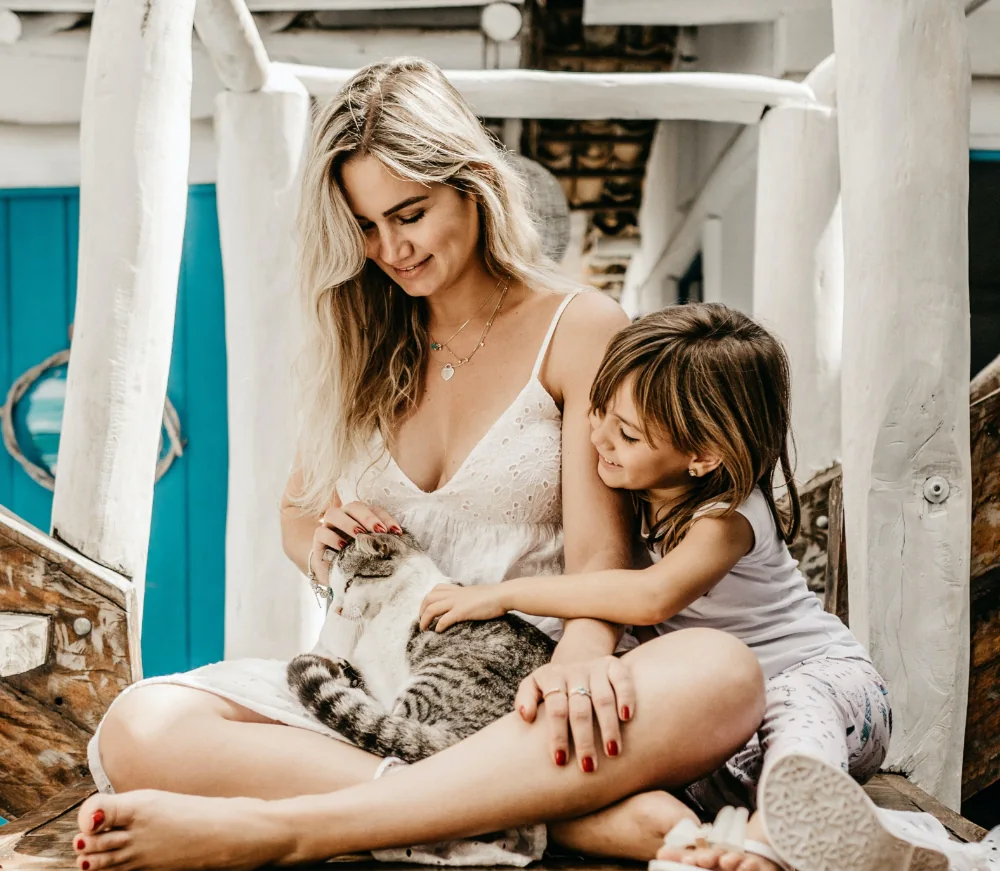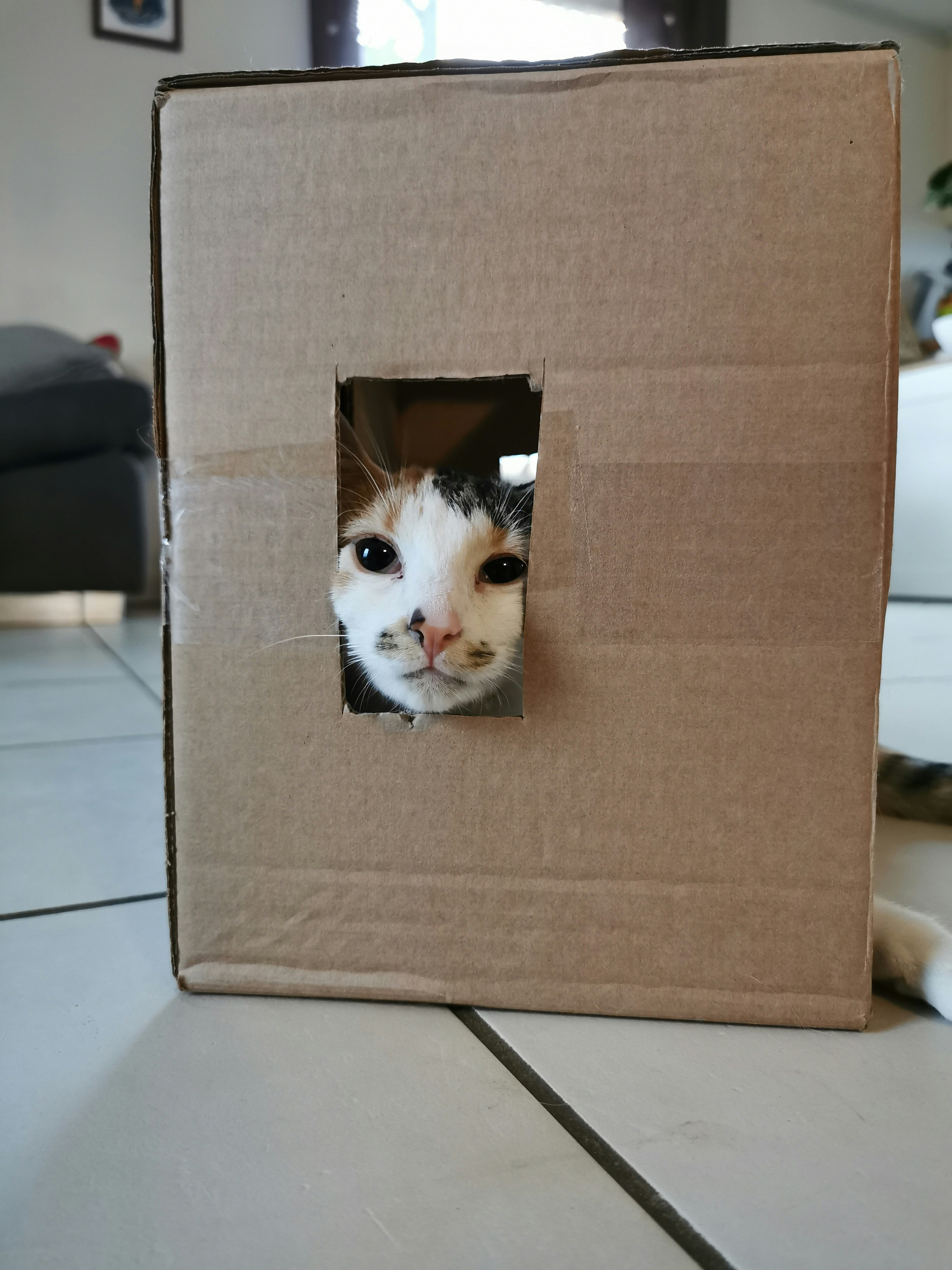
As a cat owner, you definitely want your cat to be healthy and long-lived, with shiny fur and plenty of energy. The cornerstone of all this is a high-quality cat food. Faced with the dazzling array of cat food brands and types on the market, do you feel overwhelmed? Don’t worry, as a professional pet food manufacturer, we will reveal the secrets of choosing cat food for you, helping you find the most suitable “food” for your cat in the vast amount of information, and at the same time, let more cat owners see this guide!
- Understand the nutritional needs of cats: Scientific feeding is the key
To choose cat food, you must first understand the unique nutritional needs of cats. They are pure carnivores, which means that their diet must be mainly animal protein. The following are the key nutrients necessary for cats:
High-quality animal protein: This is the main source of energy for cats and is essential for muscle growth, repair and overall health. Look for cat food with chicken, fish (such as salmon, tuna), beef, turkey, etc. as the main ingredients. These are important considerations when recommending cat food.
Appropriate amount of fat: Fat provides concentrated energy and helps absorb fat-soluble vitamins. Choose cat food that contains healthy fatty acids, such as Omega-3 and Omega-6, which are great for skin health and hair shine.
Taurine: This is an essential amino acid that cats cannot synthesize on their own and is essential for heart health and vision. A lack of taurine can cause serious health problems.
Vitamins and minerals: Make sure your cat’s food contains a balanced amount of vitamins (such as A, D, E, B vitamins) and minerals (such as calcium, phosphorus, magnesium) to support bones, the immune system, and metabolism.
Low carbohydrates: Cats have a small requirement for carbohydrates. Too much carbohydrates can cause problems such as obesity and diabetes.
- Read the ingredient list of cat food: distinguish the good from the bad with a keen eye
The ingredient list is the “instruction manual” for judging the quality of a cat food. Learn to interpret the ingredient list and you can become a “food selection expert”:
First principle: The ingredients in the ingredient list are arranged in descending order of weight. Therefore, the first few ingredients are crucial. The first ingredient of a high-quality cat food should be a clear meat source (such as “deboned chicken”, “chicken meal”, “salmon”), not “meat by-products” or “grains”.
Avoid vague words: Try to avoid using vague descriptions such as “meat by-products”, “animal fat”, “poultry meal”. They may come from low-quality or unknown animal parts.
Grains and grain-free: “Grain-free cat food” has received much attention in recent years because it excludes grains such as corn, wheat, and soy that may cause allergies or digestive problems in cats. For cats with sensitive stomachs, grain-free cat food may be a better choice. But not all cats need to be grain-free. It is important to pay attention to the total amount and source of carbohydrates.
Pay attention to additives: Avoid cat food with too many artificial colors, flavors, and preservatives. Choose brands with natural preservatives (such as mixed tocopherols, i.e. vitamin E).
Clear nutritional analysis: Check the “guaranteed analysis” section to find out the percentage content of protein, fat, fiber, and water. The protein content should be higher than 30%, and the fat content is more appropriate between 10%-20%.
- Choose according to the special needs of cats: tailor-made is the most important
Different cats have different needs. When choosing cat food, consider the following factors:
Age stage:
Kitten food: Kittens are in a period of rapid growth and need higher protein, fat and calories to support development. Choose a special kitten food.
Adult cat food: Adult cats need balanced nutrition to maintain a healthy weight and vitality.
Senior cat food: Senior cats have a slower metabolism and may need lower calories, easily digestible protein and joint support ingredients.
Body size and activity level: Active cats may need a higher energy cat food, while indoor cats or sedentary cats may need a weight control formula.
Health status:
Sensitive stomach cat food: For cats with indigestion, vomiting, and diarrhea, choose an easily digestible formula containing prebiotics/probiotics.
Urinary health cat food: Cats with urinary system problems (such as urinary stones) need urinary health cat food that is low in magnesium and can regulate urine pH.
Weight gain/weight loss cat food: Choose according to the cat’s weight management needs.
Skin and hair cat food: If your cat has skin problems or dull hair, choose a formula rich in omega fatty acids.
Cat food for sterilized cats: The metabolism of sterilized cats will change and they will be more likely to gain weight. Choose a special sterilized cat food, which is usually lower in fat.
Special breed cat food: Some breeds of cats may have special genetic diseases or nutritional needs.
- Brand reputation and word of mouth: Choose a trustworthy cat food brand
When choosing cat food, brand reputation and word of mouth are factors that cannot be ignored. Choose those:
Brands with good R&D teams and nutritionists.
Brands with transparent production processes and meet international quality standards (such as ISO).
Brands with a good reputation and widely positive reviews in the industry.
A brand that provides perfect after-sales service and consulting channels.
We https://www.google.com/search?q=ZestPets.com As a pet food manufacturer from China, we are always committed to providing high-quality cat food and dog food, and strictly control every link from raw material procurement to production and processing to ensure that each product can meet the nutritional needs and health standards of cats. We are well aware of consumers’ attention to pet food safety. Therefore, our cat food production line strictly follows international standards and aims to become a trusted pet food supplier in the world.
V. Observation and adaptation: Cat feedback is the most important
No matter how much homework you have done, the final decision is still on your cat. When changing cat food, please be sure to follow the “seven-day food change method” and gradually transition to avoid gastrointestinal discomfort in cats.
After changing food, closely observe the changes in the cat:
Appetite: Do you like the new cat food?
Mental state: Are you still lively and energetic?
Excrement: Is the stool formed and normal in color?
Hair and skin: Is it shiny and healthy?
Weight changes: Is it maintained within a healthy range?
If your cat shows any discomfort or abnormal reaction, you should consult a veterinarian in time and consider changing to other cat food.
Conclusion
Choosing a suitable cat food is a science and a manifestation of responsibility for your cat. I hope that through this detailed guide, you can master the skills of choosing cat food and find the healthiest and most delicious food for your cat. Remember, we https://www.google.com/search?q=ZestPets.com As a professional pet food manufacturer, we not only provide high-quality cat food, but also dog food, pet snacks and cat litter and other products, and are committed to providing the best nutritional solutions for pets around the world.
Want to learn more about cat feeding? Welcome to our official website: www.ZestPets.com, or leave a message in the comment area to communicate with us!




